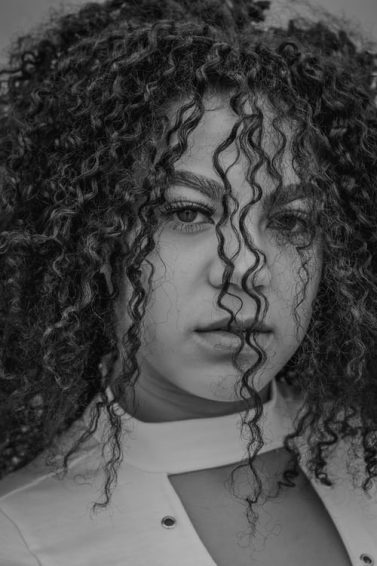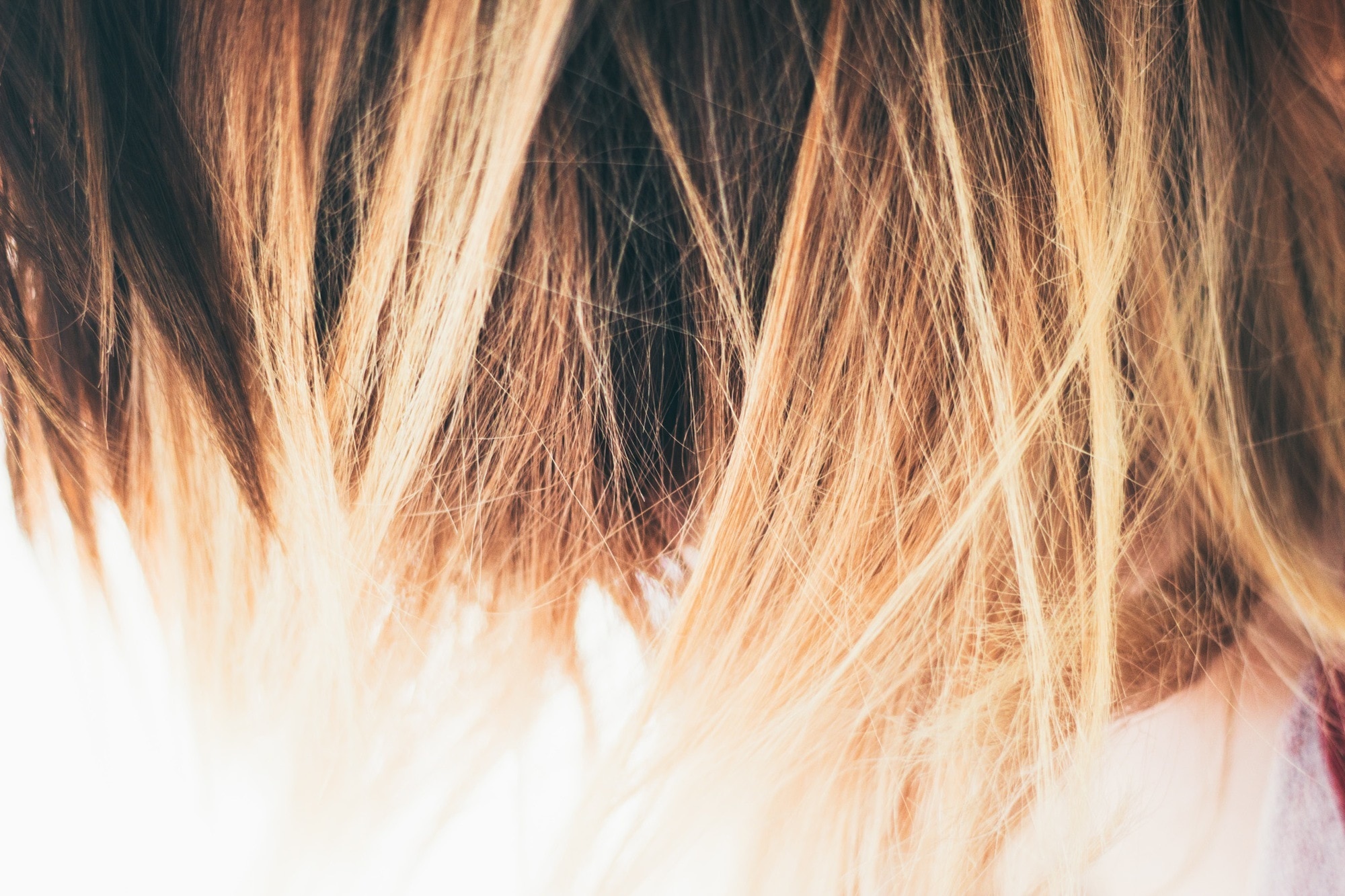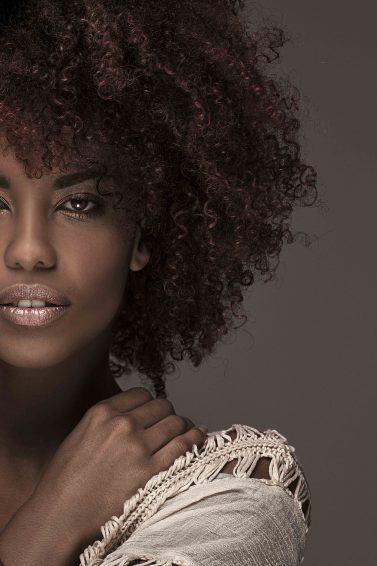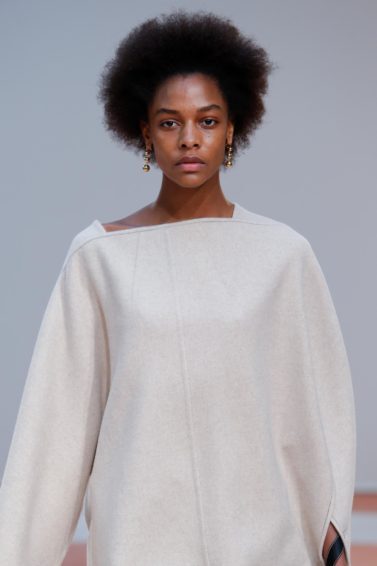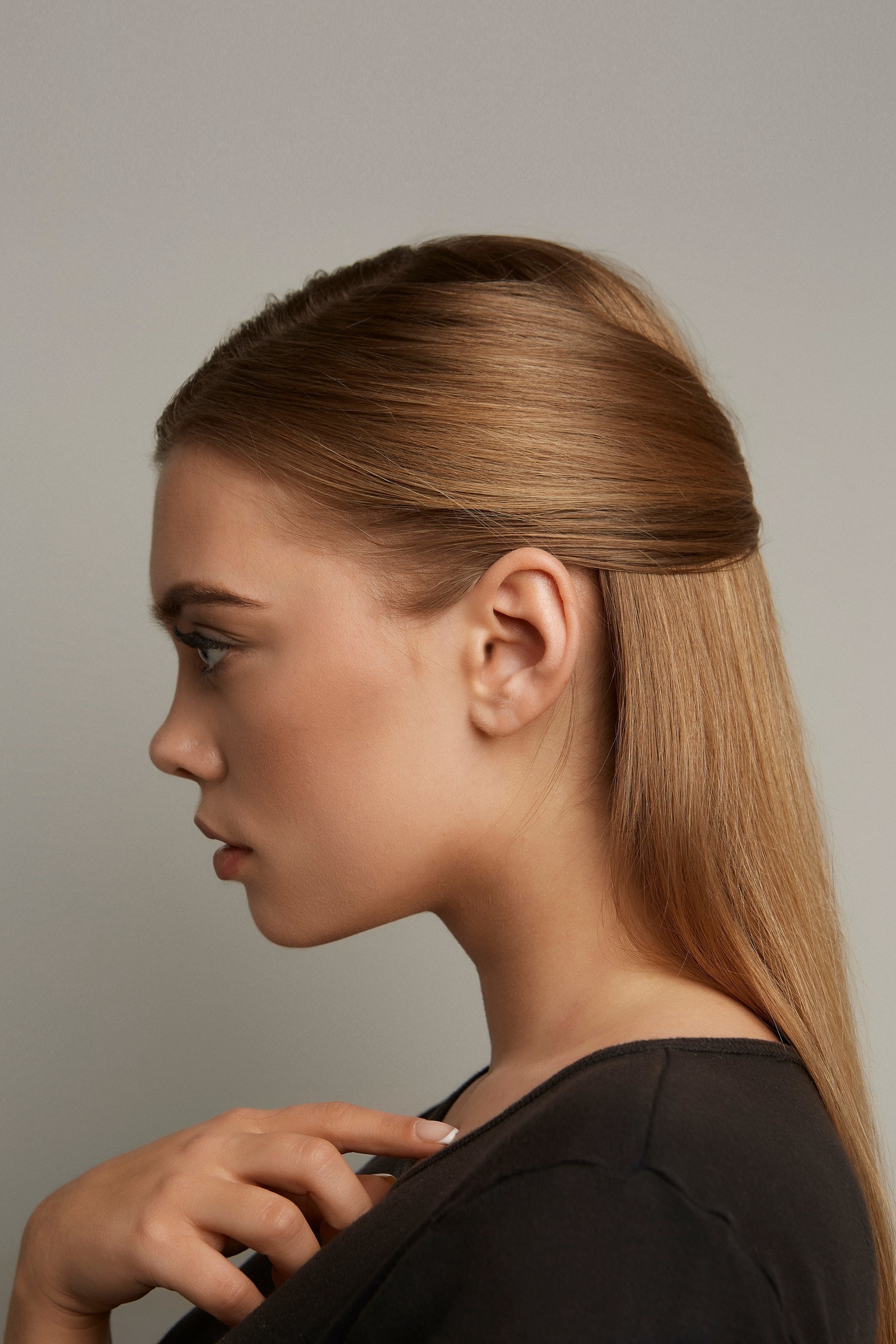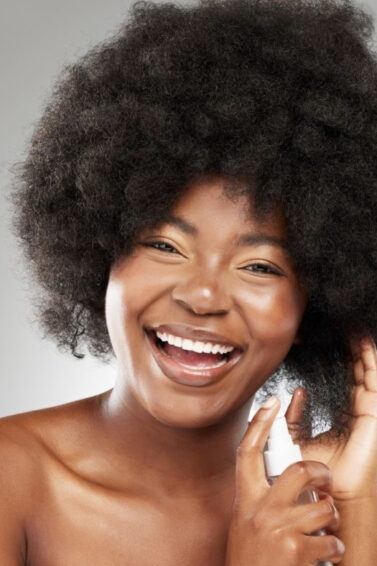Hacks & Inspiration
from Hair Experts at Unilever
What Is Textured Hair?
vanessamoodley | March 3, 2020
When you really get down to it, hair is so complex. You can have a full head of thick-looking hair that actually has a surprisingly thin strand — and vice versa! Textured hair is a common issue in the hair community, as not many people can accurately put their finger on what it is. Much like your hair care preferences and hair type, there is no “one size fits all” when it comes to treating this kind of hair. Depending on your hair type, textured hair will look and feel different. This article will show you how to treat textured hair.
Strand Thickness
Strand ThicknessThe cut-and-dried definition of coarse hair is hair that’s a not smooth to the touch. This can also mean hair that’s thicker than other types.
Textured Types
Textured TypesTextured hair can be straight, wavy, curly, coily and everywhere in between. There are people who are more genetically prone to having textured strands. But don’t sweat it, your stunning locks look as beautiful as ever.
5 Tips For Caring For Textured Hair
5 Tips For Caring For Textured HairIf your hair feels more brittle than bouncy and sleek, we’re here to help with a guide to managing and maintaining textured hair.
To help decipher the best tips and techniques for combatting textured hair we caught up with ATH‘s hairstylist from across the pond, Elena Diaz, who revealed exactly how to look after textured tresses. Read on for her expert styling advice and product recommendations…
Use an oil treatment
If your hair lacks moisture or is not smooth, adding an oil to your grooming routine can help. With the right product, you’ll be able to take your hair to the next level with shine and moisture.
Editor’s tip: Oil-based hair products are the absolute best for hydration. Try TRESemmé Botanic Nourish & Replenish Rich Oil Mist to really lock in moisture.
Try not to get yourself in a tangle
When brushing textured hair, it’s important to make sure you have the right tool(s) for the job. Textured hair can be more susceptible to breakage when treated with a heavy hand. “Never tug on wet hair, make sure you’re coming it through slowly and thoroughly to remove tangles,” recommends Elena. This will help prevent breakage.
Moisture is important
Coarse hair can be susceptible to a lack of moisture. This might not seem like a huge problem at first glance, but a lack of moisture can become brittleness, which can easily lead to breakage. “Textured hair craves as much regular moisture as possible. Be sure to deep condition and use hair treatments and masks,” recommends Elena.
Editor’s tip: Keep those tangles at bay with TRESemmé Botanic Nourish & Replenish Detangling Butter.
Be careful of product build-up
Hands up and step away from the hair products! Moisturising textured hair is key but, regular use of products can leave your hair with build-up. This is a big no-no when it comes to maintaining healthy-looking strands.
Use a heat protectant
Whatever hair type you have, it’s important to use a heat protectant before you start styling with a hairdryer, straighteners or any other heated tool. There is no exception to this rule. All hair is prone to damage caused by heat, if there’s no heat protectant in sight.
Products You Might Also Like
Our Tips & Advice
- slide 1
- slide 2
- slide 3
- slide 4
- slide 5
- slide 6
- slide 7
- slide 8
- slide 9
- slide 10

